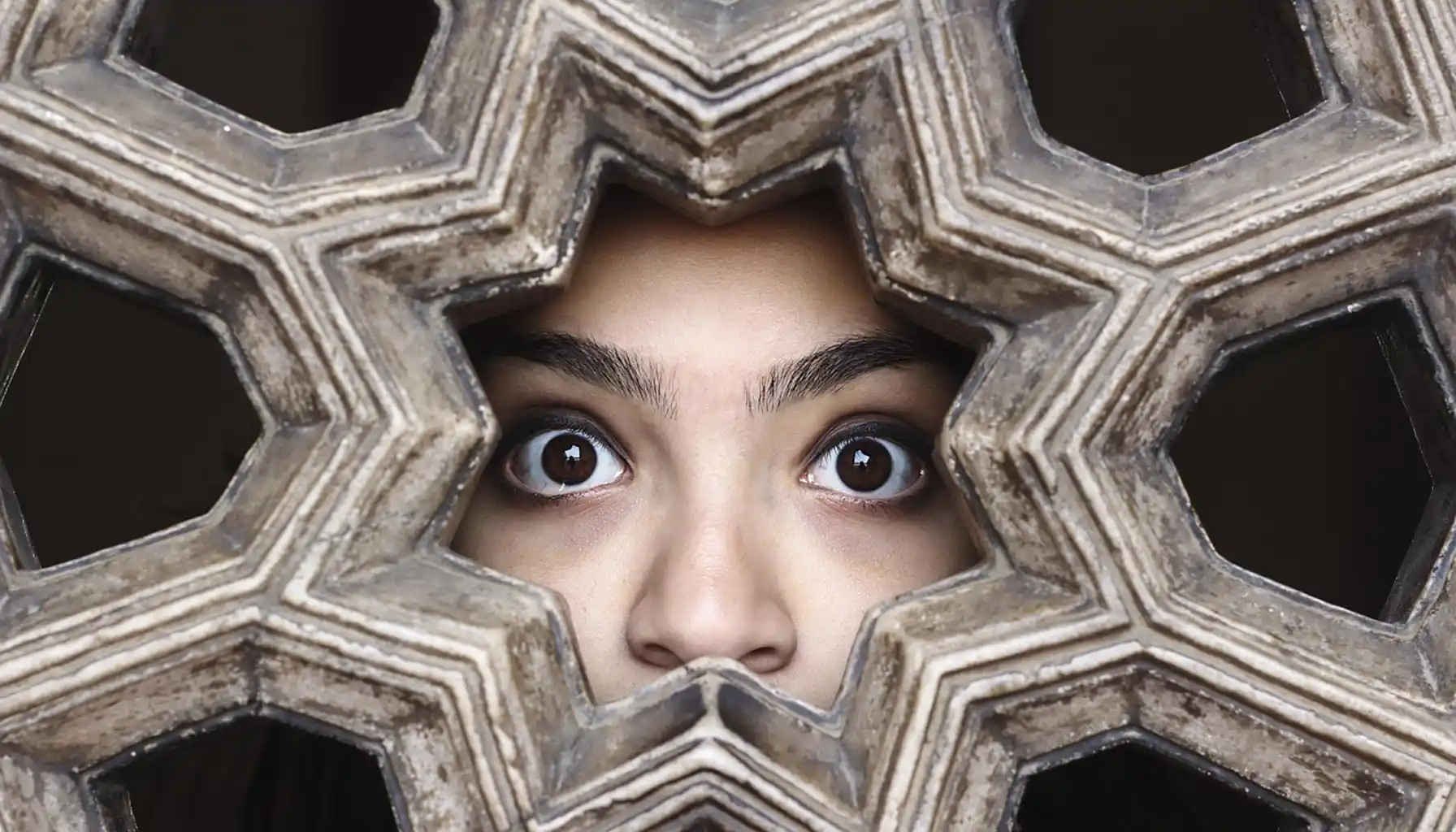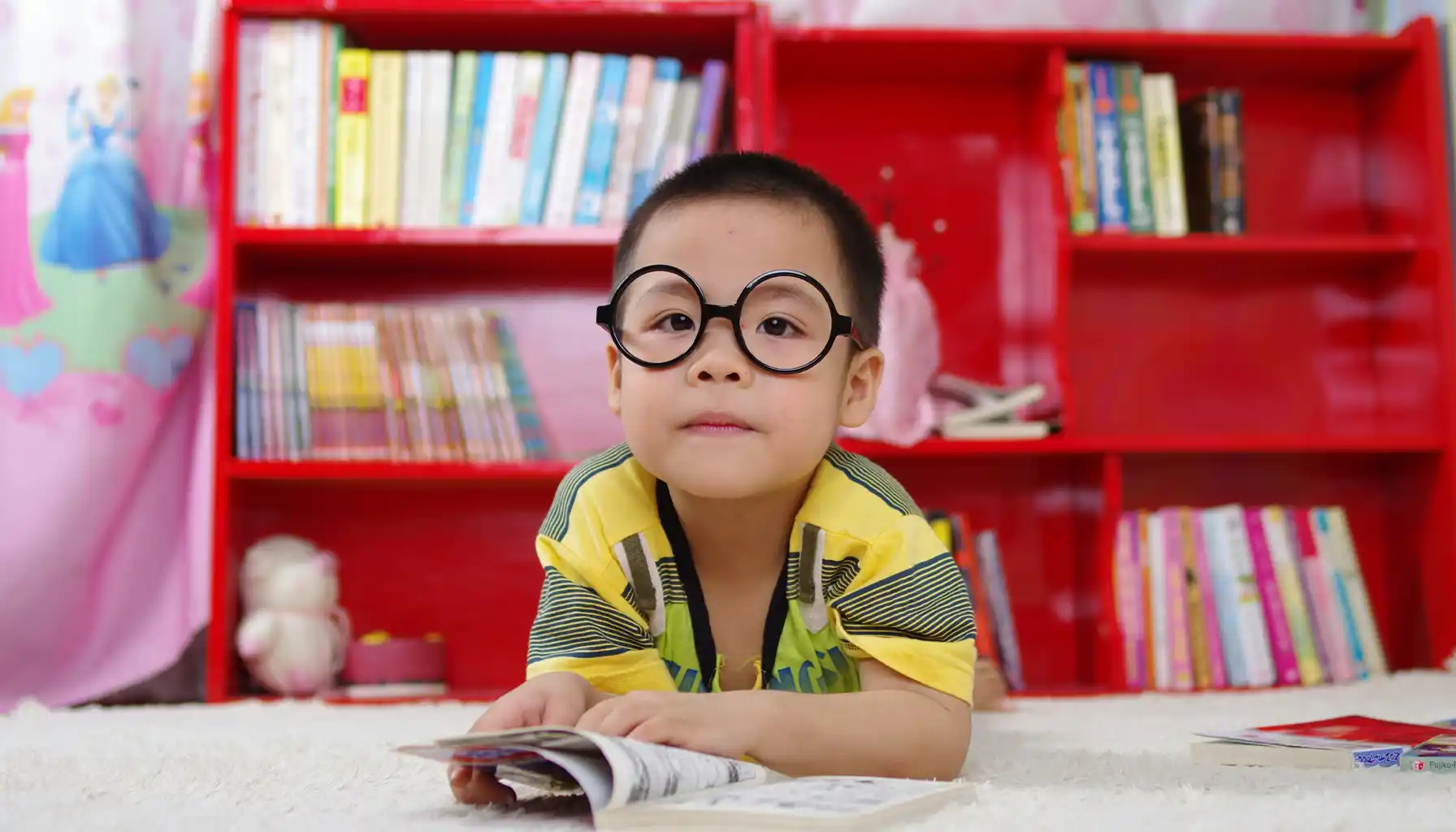Contents:
- Enochlophobia Meaning and Definition
- Enochlophobia Symptoms and Experiences
- Enochlophobia Сauses and Risk Factors
- What is The Fear of Crowds Called in Relation to Other Phobias?
- Enochlophobia Pronunciation and Awareness
- Alternative Perspectives on Crowd-Related Fears
- What is The Fear of Large Crowds in Real Life?
- Treatment Options For Enochlophobia
- Self-help Strategies and Lifestyle Adjustments
- What's Enochlophobia in Terms of Prevention?
- Living Better With Enochlophobia
Enochlophobia is an obsessive and debilitating fear of crowds that can rob a person where others feel only mild discomfort. For a person with a fear of large crowds, a noisy square, a crowded shopping center, or a concert is not just an ordinary situation but a source of panic. Sometimes even the thought of a mass event triggers a wave of anxious feelings — from a rapid heartbeat to a feeling of loss of control.
It’s important to understand: such a reaction is not a whim or a “weakness”, but a mental feature that has an explanation. Knowing the nature of this condition and understanding which methods of help really work gives you a chance to regain a sense of security and control your life, rather than submit to a phobia.
Special cognitive practices and best brain games work well for building stress resilience, which helps improve attention and reduce anxiety levels.

Enochlophobia Meaning and Definition
What Does Enochlophobia Mean?
Enochlophobia meaning indicates a strong fear of crowds, when the very thought of being in a dense crowd causes distress. This is not limited to noisy events — anxiety can arise in familiar places like a shopping mall or public transport during rush hour.
When experts try to define enochlophobia, they describe it as a persistent avoidance of crowded spaces, in which a person experiences intense anxiety reactions. An important feature is the disproportionate perception of the threat: the situation is safe, but the body reacts as if there is a real danger.
Enochlophobia Symptoms and Experiences
Symptoms of Enochlophobia
They are similar to the symptoms of generalized anxiety disorder:
rapid heartbeat;
shortness of breath;
dizziness and nausea;
hand tremors;
sudden weakness.
These physiological reactions are often accompanied by thoughts of losing control or fear of fainting in front of others.
Fear of Being in Crowds: Daily Impact
This fear leads to:
Refusing public transport: instead of the metro or buses, people choose walking or taxis, even if it is more expensive.
Avoiding cinemas and shopping malls: it is more common to order online than to risk meeting a crowd.
Missing cultural events: concerts and exhibitions are replaced by broadcasts, which deprive them of live experiences.
Reduced productivity at work: fear of business trips and performances hinders career growth.
Limiting travel: vacations are postponed due to overcrowded airports and tourist areas.
Difficulties in everyday life: even going to the grocery store or visiting a doctor turns into a stressful task.
Enochlophobia Сauses and Risk Factors

The main causes can be divided into several groups:
traumatic experiences (for example, getting lost in a crowd as a child or being in a stampede);
genetic predisposition to anxiety disorders;
observing anxious behavior of parents or loved ones;
underlying mental conditions (for example, social anxiety).
Fear of big crowds is often associated with a feeling of loss of control. People think that they will not be able to get out of the crowd or that something threatening will happen. Even if they rationally understand that this is unlikely, the body reacts in its own way.
What is The Fear of Crowds Called in Relation to Other Phobias?
Fear of Crowds Phobia Name
The official name is enochlophobia. But there are related terms:
agoraphobia — anxiety about open spaces and difficulty leaving certain places;
ochlophobia — a more specific fear of a hostile crowd.
aerophobia — fear of flying, often accompanied by panic in airports and airplanes, where a person is also surrounded by many people.
Enochlophobia Pronunciation and Awareness
Correct pronunciation is often difficult: the term is read as “ee-NOCK-lo-pho-bee-uh”. For professionals, it’s important not only to pronounce correctly, but also to understand the nature of the phenomenon.
Raising awareness about the phobia plays a key role. When a person learns that their fear has an official name and is recognized in psychology, this reduces feelings of isolation and shame. Awareness helps to quickly seek help and find effective coping strategies.
Alternative Perspectives on Crowd-Related Fears

The fear of crowds is fundamentally different from social anxiety. In the case of social anxiety, the main trigger is the fear of evaluation, criticism, or fear of judgment. And with enochlophobia, the reaction is specifically to the number of people and the feeling of pressure from the crowd, even if those around you do not show any attention to the person.
An interesting contrast appears when considering the condition known as the fear of being alone. This is the opposite extreme: instead of fear of a crowd, a person is afraid of a lack of contact. Comparison of these two phenomena shows that it is not only about the situation itself — a crowd or loneliness — but how safe and controllable it feels to the individual.
What is The Fear of Large Crowds in Real Life?
Everyday Сhallenges
This means that even everyday tasks become difficult:
buying train tickets;
taking an exam in a classroom with hundreds of students;
visiting popular tourist destinations.
Treatment Options For Enochlophobia
Cognitive Approaches
The classic method of therapy is cognitive behavioral therapy (CBT). It helps to recognize automatic thoughts and replace them with more realistic ones.
VR Tools
Gradual immersion in frightening situations reduces reactivity. VR solutions are increasingly used, where a person trains in a virtual crowd.
Medications
Sometimes antidepressants or beta blockers are prescribed to reduce physiological reactions. But medications are usually considered supportive, not a primary tool.
Self-help Strategies and Lifestyle Adjustments

Managing Symptoms of Enochlophobia
It is useful to combine professional therapy with personal practices:
Approach | Practical Benefit |
Limiting caffeine | Reduces the likelihood of rapid heartbeat and panic reactions in a crowd |
Relaxation before going out | Prepares the nervous system and lowers initial anxiety |
“Safe anchors” (music, breathing) | Creates a sense of control and personal comfort zone even in crowded places |
Observation diary | Helps analyze recurring triggers and track positive changes |
Shifting focus of attention | Reduces intrusive thoughts and develops concentration on the present moment |
Working with bodily reactions (yoga, breathing, light activity) | Stabilizes physiology and reduces tension |
Using Mind Elevate | Supports regular self-control practice and visualizes progress |
What's Enochlophobia in Terms of Prevention?
Avoidance vs Exposure
Avoiding crowds seems like a quick way to reduce anxiety, but over time, it only reinforces the fear. The more often a person avoids potentially frightening situations, the more the brain “learns” that crowds are a threat. The alternative is gradual exposure. It is structured in stages:
first, viewing photos or videos of large crowds of people;
then a short stay in relatively quiet places — a library, a small store;
later — more crowded spaces, such as the subway at off-peak times;
the final steps — participation in concerts, fairs, or sporting events.
This approach allows you to gently restructure the reaction of the nervous system and restore a sense of control.
Living Better With Enochlophobia

Reframing the Challenge
When it comes to fear of crowds, it is important to understand that this is not a “character trait” or a label that defines your whole identity. It’s a condition that has an explanation and real and practical ways to cope. And this knowledge alone often brings relief: it becomes easier to stop blaming yourself and honestly tell your loved ones what exactly is causing difficulties.
Understanding that this is just one of the specific phobias helps you feel that you are not alone with such an experience. Yes, working on yourself is not done in a day, but it’s the small steps that gradually return freedom. And this path can also give unexpected bonuses — many people begin to pay more attention to their own boundaries, "listen to their emotions more closely, and take care of themselves in a new way.
Sensitivity that you previously wanted to hide can turn into strength over time. And then the fight against phobia ceases to be only about fear — it becomes about growth, about how to learn to live with yourself in greater respect and acceptance.





